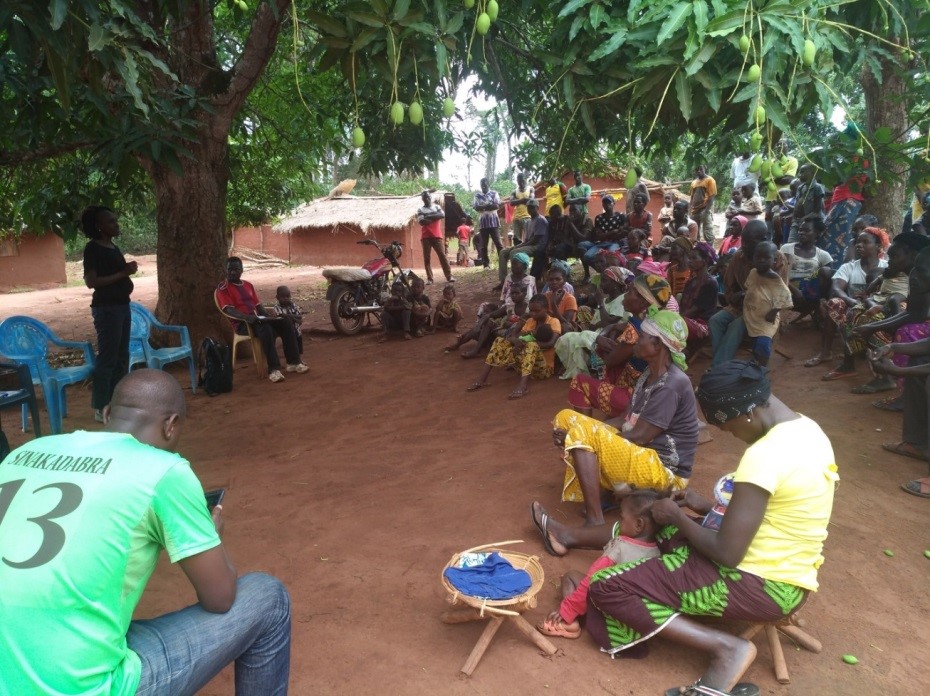Executive Summary
The Artisanal Mining and Property Rights (USAID AMPR) project supports the USAID Land and Urban Office to improve land and resource governance and strengthen property rights for all members of society, especially women. Its specific purpose is to address land and resource governance challenges in the artisanal and small-scale mining (ASM) sector, using a multidisciplinary approach and incorporating appropriate and applicable evidence and tools. The project is organized around four specific objectives: strengthening compliance of the Government of the Central African Republic (CAR) with the Kimberley Process; improving the resilience of communities and promoting social cohesion for conflict resolution; developing a strategy to promote a responsible gold supply chain; and supporting improved understanding of the artisanal mining sector.
In the CAR artisanal mining is dominated by men. Approximately 21% of artisanal miners in the country are estimated to be women, and 3% of the miners are women in western CAR. In the villages where AMPR will carry out activities in the sub-prefectures of Carnot and Nola, there are several women artisanal miners involved in both diamond and gold mining. Women in these communities are site managers, diggers, stone washers. According to the findings of the AMPR gender and economic activities diagnosis carried out in March, 2019 the 2013 political crisis led to a weakening of investments in the artisanal diamond mining sector, which affected particularly women. Declines in the artisanal mining sector translated to reductions of employment opportunities for women involved in transporting and washing gravel or selling food and services to miners. As a result of the crisis, inequalities seemed to have grown between men and women. Women lost previously hard-earned autonomy in the sector and through ancillary economic activities.
Objectives
The USAID AMPR Gender Action Plan (PAG) is intended to be used as a strategic tool to promote the social and economic empowerment of women to ensure broad social and economic inclusion of women in artisanal mining communities. The Action Plan is intended to identify the main inequalities between men and women in the project intervention areas, examine opportunities for integrating gender considerations into each intermediate outcome of the project, and propose a range of activities to promote women’s empowerment. The PAG creates the framework for the project team to answer three main questions:
- How can the project ensure that women’s contribution is effective and reflected in the artisanal diamond sector and USAID AMPR project activities in order to create an inclusive diamond value chain for men and women?
- What specific activities could enable women to increase access and security to productive assets for income diversification, with the support of men in the target communities of the project?
- How can women’s skills be strengthened to increase their active participation in decision-making bodies of villages and local organizations such as mining cooperatives and other related associations in artisanal mining communities?
Theory of Change
The Gender Action Plan is guided by a theory of change which influences the principles guiding implementation of the USAID project.
If the constraints faced by women in artisanal mining villages are reduced and their economic power improved through increased incomes, then women will gain more respect in their communities, and will play a greater role in decision-making and hence in community decisions on conflict management, economic development and land rehabilitation as women seek to protect and defend their economic interests.
Targeting mainly women in patriarchal communities where social and economic power relations are generally in the hands of men requires a strict application of the principle of do-no-harm throughout project implementation. This principle requires that USAID AMPR project actions do not expose women living in fragile contexts to higher risks than they would face without these interventions.

